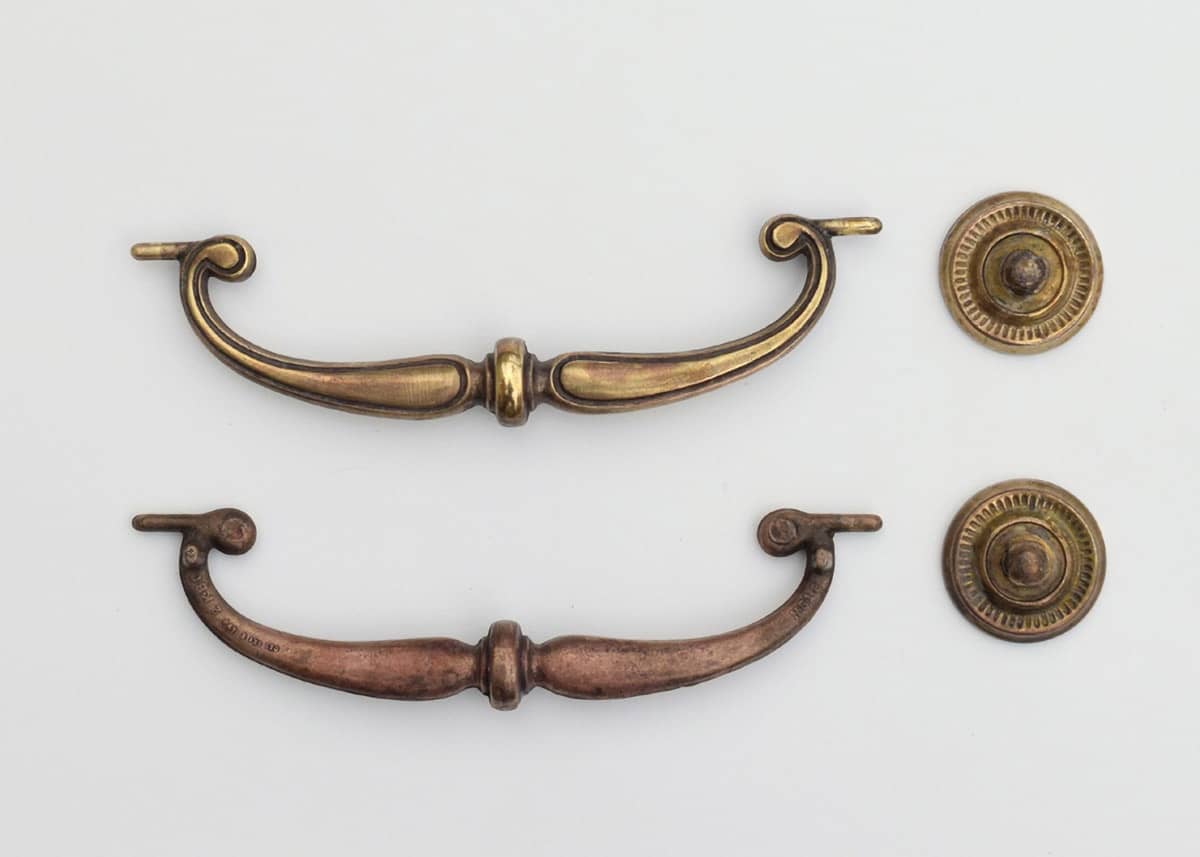
Cameras come in a variety of features and functions. These features and functions include: Image sensor (or lens), Film (or film), Depth-of-field (or depth of field). These features play an essential role in creating the perfect photograph. This will allow you to make the best buying decision for your shot. Before making your final purchase, you should look into other features available on cameras.
Image sensor
The image sensor in a camera is the primary component that determines the quality of the photos. An image sensor has the basic function to transform light into electric signals. These signals are then sent via serial shift register, amplifier or capacitor to digitally convert. Two types of image sensors are available for cameras: CMOS and CCD. CCD sensors produce high-quality images with low noise and high dynamic range. These sensors are commonly found in compact and medium-format cameras. However CCD sensors consume more power then CMOS. CMOS sensor are more popular and cheaper to produce.
The manufacturing of image sensors is a huge industry. The market was valued at $17.2 billion in 2019, and it is projected to grow to $27 billion by 2023. Samsung plans to convert its existing DRAM manufacturing line into image sensors in 2020 to cater to this market. Even though most equipment and processes remain the same, conversion of the entire line to image sensors cost $815 million.
Lens
Cameras come with a variety of lenses. Some of these lenses are interchangeable, meaning they can be mounted on more than one camera. Typically, interchangeable lenses are made by the same brand or a consortium of lens manufacturers. Nikon produces an f/1.8G lens compatible with full frame Nikon cameras.

For different lenses, there are different apertures and focal lengths. The focal length is the distance between the lens & the focal plane. Another measurement is the aperture, which is the hole created by the iris inside the lens. It is dependent on the focal distance, as an f/2.8 aperture creates 35.7mm holes. The camera's sensor is not affected by the aperture size.
Film
Film cameras can take amazing pictures even without a computer. You can find them in a variety of sizes and prices. Because of their unique look, many enthusiasts still use film cameras to take photos. Some film cameras even produce better pictures than their digital counterparts. There are many models to choose from, no matter if you are a beginner or a professional photographer.
There are many parts to a film camera, including the shutter that is made of metal or plastic. This is vital as premature exposure can destroy a frame or a whole roll. The aperture is another component of a film cameras. It is a small circular hole inside the lense. Depending upon the size of the hole, the aperture allows light through the camera.
Depth in the field
A setting to adjust the aperture is the first thing to do when you want to create a photograph with shallow depth. This is a relatively simple adjustment to make, but it has a big effect on the amount of light reaching the sensor. The greater the aperture, more light will reach your sensor. This allows for a higher shutter speed, which is ideal for low-light photography and freezing actions.
The aperture, which is a crucial component of the depth to field, varies according the focal length and the camera. You should use an aperture of at least f/11 to capture photos with shallow depths of field. A smaller aperture allows you to capture shallower depths of field. However, a larger aperture will result in blurrier front of your subject.

Focusing system
A camera's focusing system is a system that automatically focuses the camera lens. It consists of an interchangeable objective and a camera body. Camera bodies contain a ROM which stores information that is necessary to control automatic focus. The ROM then sends this information the camera body. It determines which direction to move first movable members.
The camera's body has a focusing and zoom lens FL. A transmission mechanism is also part of the lens 105. The transmission mechanism transmits data directly from the camera to the lens, controlling the focus. If the camera detects that the focus has not been adjusted correctly, the system will block the transmission mechanism.